Recently, a time capsule was removed for safekeeping at the Te Matapihi Central Library site! The capsule was buried in 1994 – 29 years ago – and contains letters from local school students, newspapers, coins, photos of the children and other souvenirs from 1994.
But what exactly are time capsules? And why do we have them?
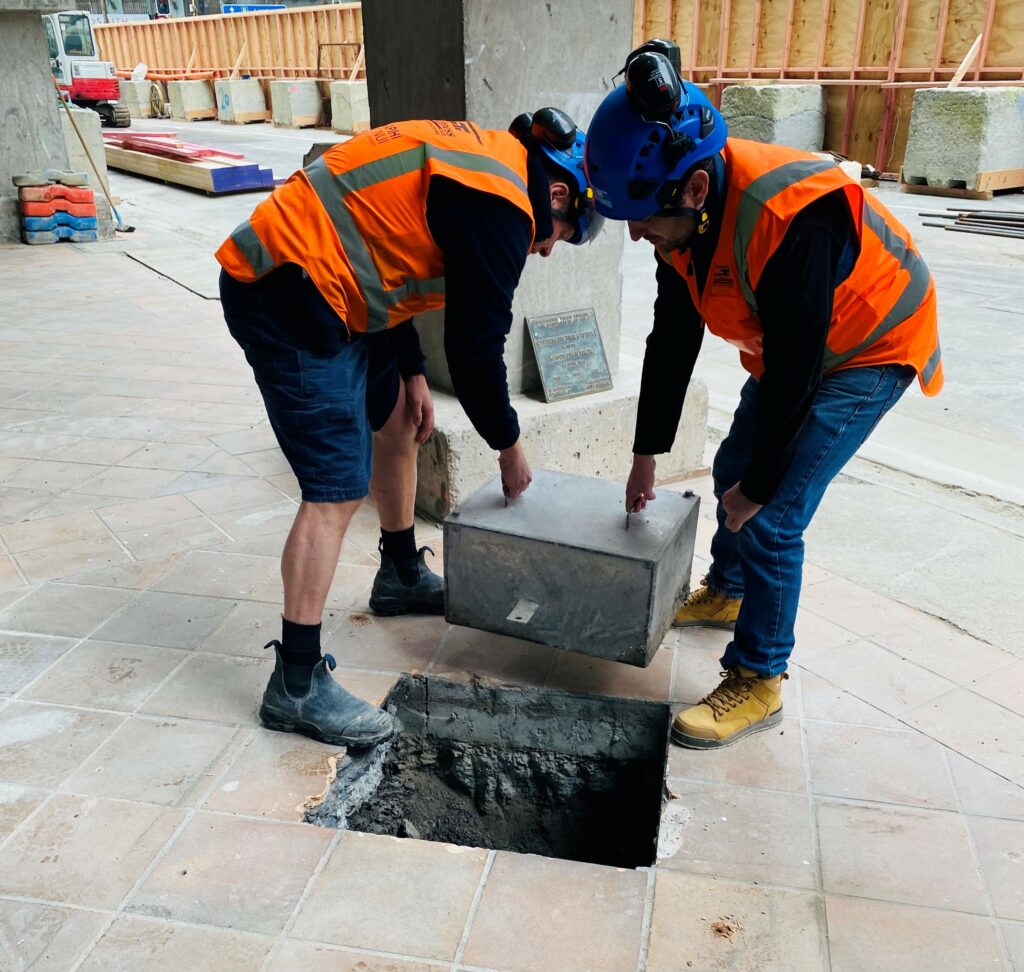
LT McGuinness workers remove the time at the Central Library Te Matapihi construction site. Image: WCC supplied (September 2023)
What are time capsules?
According to the dictionary on one of our eLibrary databases, Britannica Library – Kids, time capsules are “a container holding historical records or objects representative of current culture that is placed (as in a cornerstone) for preservation until discovery by some future age.” So essentially, time capsules are like hidden treasure, stored by people of the past to communicate with the people of the future, and to tell them what life was like back then.
Time capsules are usually intended to be found and opened at a specific date and place – like an important anniversary of a school, or the anniversary of the council in the case of the capsule above – but it is possible that they can be forgotten about after all those years! You may have heard about the missing time capsule buried at Muritai school in Eastbourne (which is yet to be seen).
The Westinghouse Time Capsule of 1939
There have been many significant time capsules in recent history. Perhaps one of the earliest examples is the Westinghouse time capsule, which was made by the Westinghouse Electric and Manufacturing Company and buried on August 22, 1939. The time capsule was a dedication to the current technology and society of 1930s America, containing roughly 100 objects and 22,000 pages of text and images associated with American companies of the 1930s. For example, safety razors were included from Gilette Safety Razor Co., a makeup kit from Elizabeth Arden and even Birds Eye frozen foods was represented – you may have seen their fish fingers at the supermarket recently!
Because the 1939 Westinghouse capsule was intended to be opened in 5000 years later, (that’s the year 6939!) the capsule had to be extra secure to withstand its long storage underground (which also meant that they couldn’t put fish fingers in the capsule ☹). To ensure this, engineers constructed a bullet shaped capsule made of copper, chromium and silver and the contents were sealed in an airtight glass shell.
The capsule was buried deep beneath New York’s Flushing Meadows Corona Park, and to make sure people were able to find it in the future, the Book of Record for the Time Capsule of Cupaloy was distributed to libraries, museums and monasteries around the world. An important issue that the company also had to consider was how were the people of 6939 going to understand what the time capsule was all about? Archaeologists at the time knew that the people of the future probably wouldn’t be able to speak English, so they included diagrams to help them read and interpret the book.
Overall, the Westinghouse efforts and time capsules more generally show the desire for people to connect with each other across time and space. Time capsules serve as important artefacts from the past, mapping out how we have changed as people and as a society.
And while you may not be able to travel ahead 5000 years to meet the people of the future, the library has plenty of books to help you discover peoples of the past, as well as time capsules in general!
Time Capsule Stories
Cartboy and the time capsule / Campbell, L. A.
“Sixth-grader Hal gets a year-long journal-keeping assignment in his least favorite class, history, much to the delight of his history buff father.” (Catalogue)
Beat the clock / Parish, Herman
“In celebration of the 100th anniversary of Amelia Bedelia’s school, the whole town throws a party and a secret time capsule that was buried an entire century before will finally be dug up and opened.” (Catalogue)
The time capsule and other stories / Shipton, Paul
“This Biff, Chip and Kipper collection contains four funny stories, plus activities focusing on reading skills. This Read with Oxford Stage 4 collection is ideal for children who are gaining more reading confidence. Read with Oxford offers an exciting range of carefully levelled reading books to build your child’s reading confidence.” (Catalogue)
Zelda and Ivy, the runaways / Laura McGee Kvasnosky / Kvasnosky, Laura McGee
“In three short stories, two fox sisters run away from home, bury a time capsule, and take advantage of some creative juice.” (Catalogue)
Digging up the past
What was it like, Mr. Emperor? : life in China’s forbidden city / Zhao, Guangchao
“Have you ever wondered what it was like to be the Emperor of China? In this book, readers will get the chance to ask the emperor all the questions they might have about life in the Forbidden City. How was the emperor chosen? What was school like? How did he celebrate his birthday? Who were his friends? What were his favorite foods? How hard did he have to work? Could he be punished? Through fun and engaging stories reader will journey through the average life of an emperor and learn about the people who lived in the palace.” (Adapted from Catalogue)
Digging up the past : archaeology for the young and curious / Veart, David
“Introduces young and curious readers to the story of New Zealand, from Pacific voyagers to contemporary crime scenes, that archaeologists have discovered. Along the way, readers will learn about what archaeologists actually do, from digging up shell middens to testing ancient DNA. And readers will uncover amazing facts about our past: How Māori used kuri, the native dog, as a four-legged fridge, how warplanes were hidden deep within Devonport’s North Head (or were they?), how DNA has revealed the number of people who first settled Aotearoa, and much much more.” (Catalogue)
Meet the Vikings / Woolf, Alex
“What was life really like for the Vikings? How did they interact socially? What medicines did they use? What did they think about the world they lived in, religion and other peoples? Using recreation photography and images of real historical artefacts this book will help readers ‘meet’ all kinds of Vikings, from the thrall (or slave) to the various craftspeople, farmers and even some viking children playing games.” (Adapted from Catalogue)
The 20th century / Deary, Terry
“Discover the foul facts that make the history of the twentieth century so horrible – all the gore and more!” (Catalogue)
Te ao o te Māori = The world of the Māori / Naumann, Ruth
“Resource containing information and activities on Māori migration to and settlement in New Zealand. Focuses on particular aspects of Māori life and culture. Can be linked to the New Zealand Social Sciences curriculum. Suggested level: primary, intermediate, junior secondary.” (Catalogue)
Ancient Africa : archaeology unlocks the secrets of Africa’s past / Sherrow, Victoria
“Archaeology reveals the rich histories of complex cultures in the cradle of humankind. Study the Dogon people of Mali. Explore the ancient city of Jenne-jeno. Learn how computer technology has recreated the Kushite temples at Jebel Barkal and how artifacts bring new insights, helping scientists to piece together the puzzle of ancient Africa.” (Adapted from Catalogue)
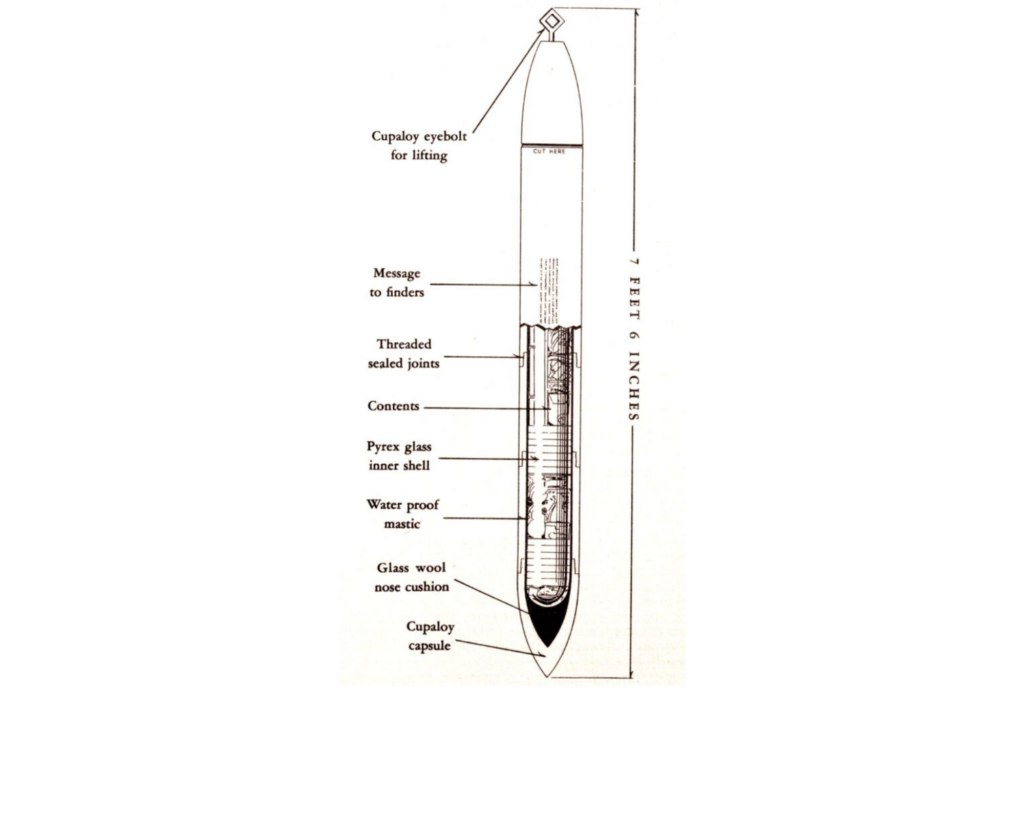
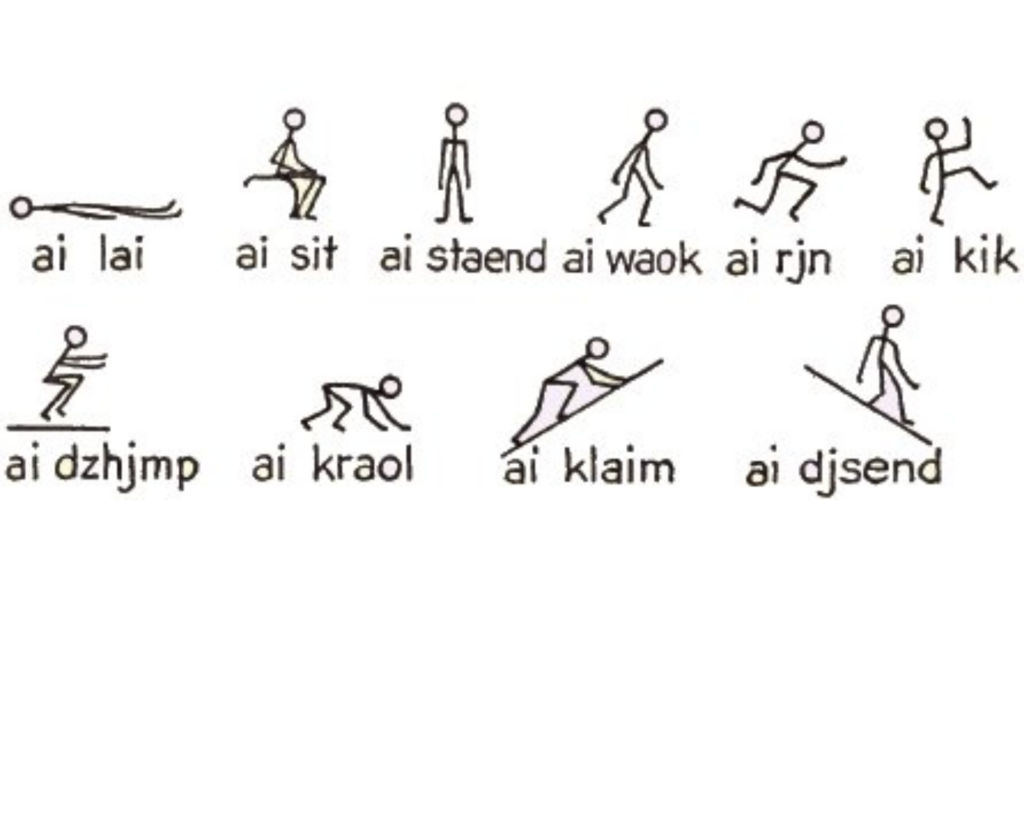
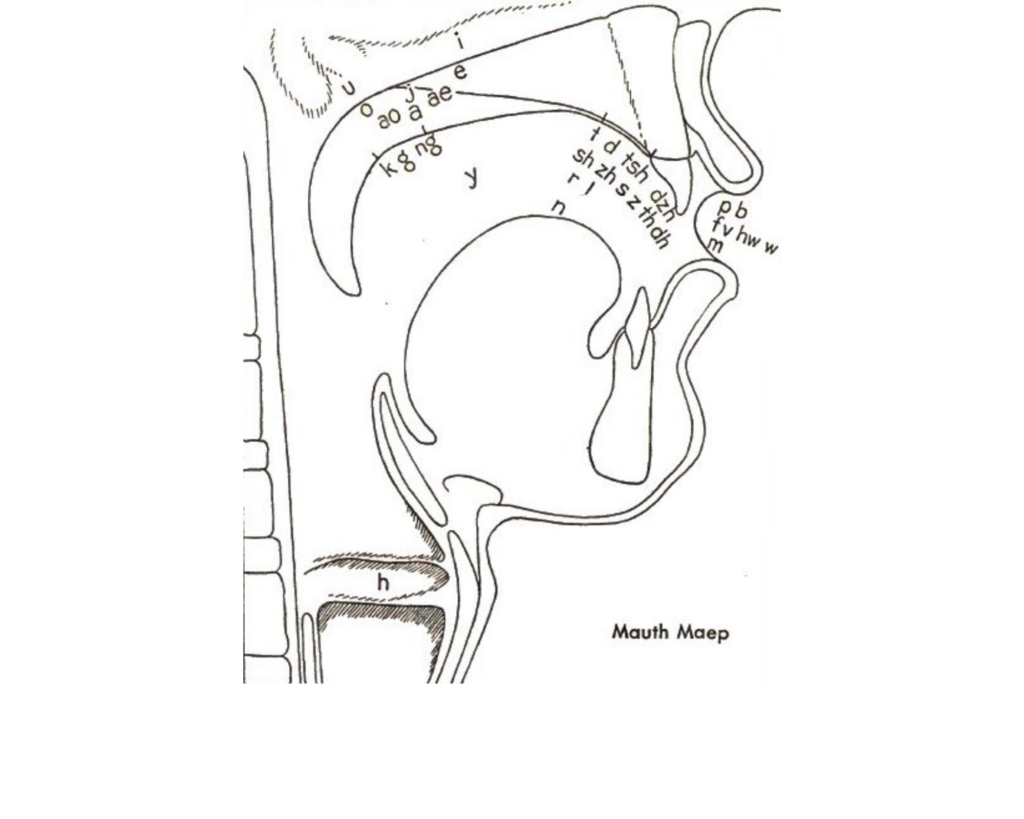
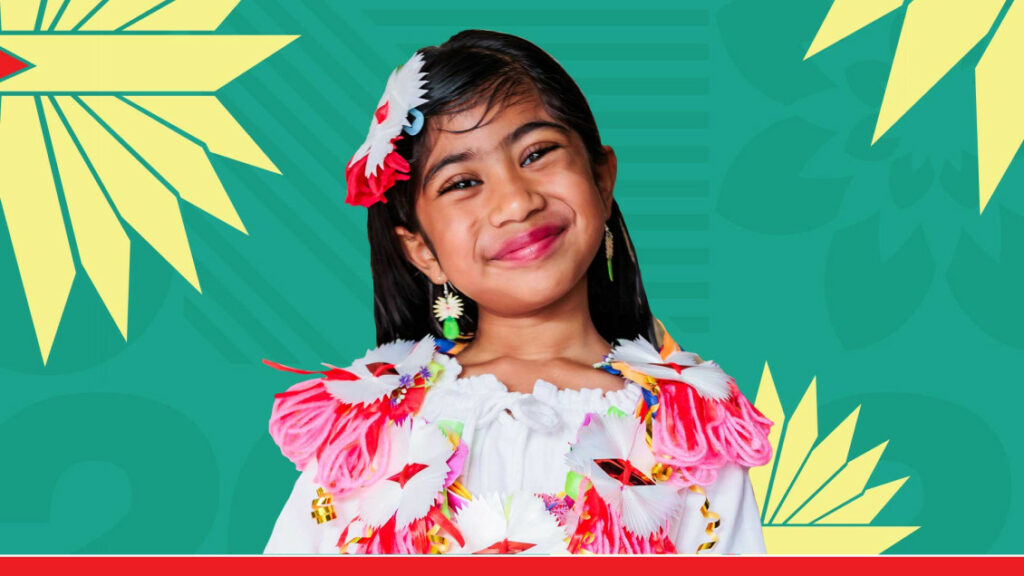
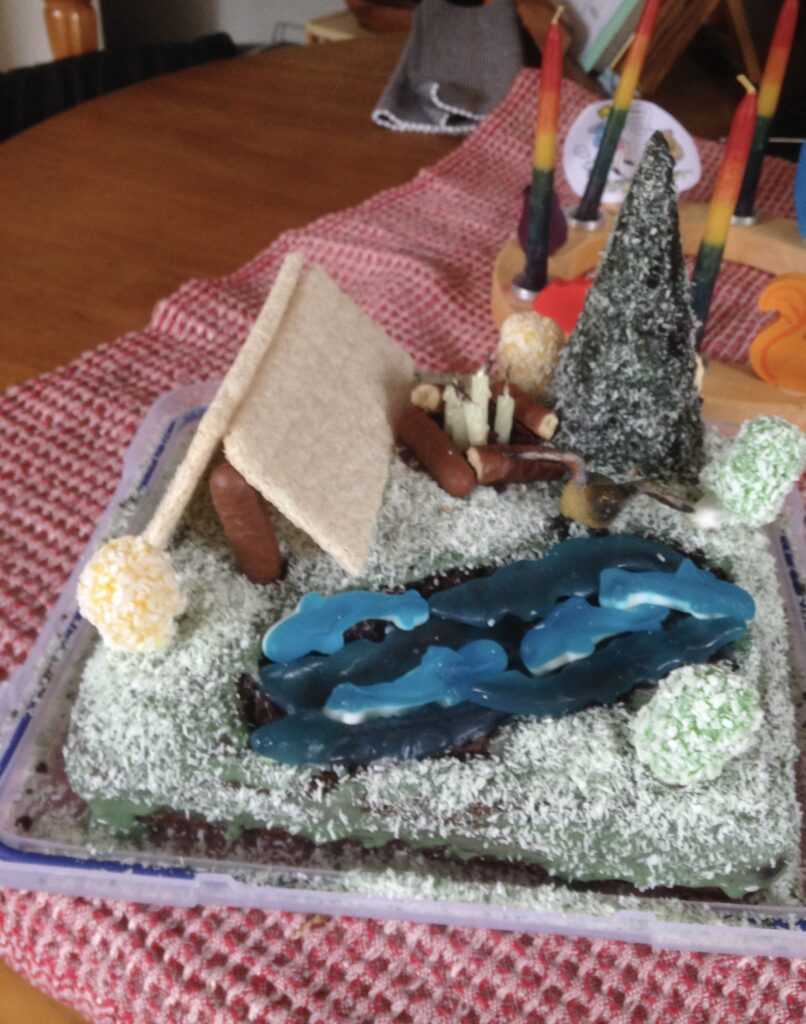

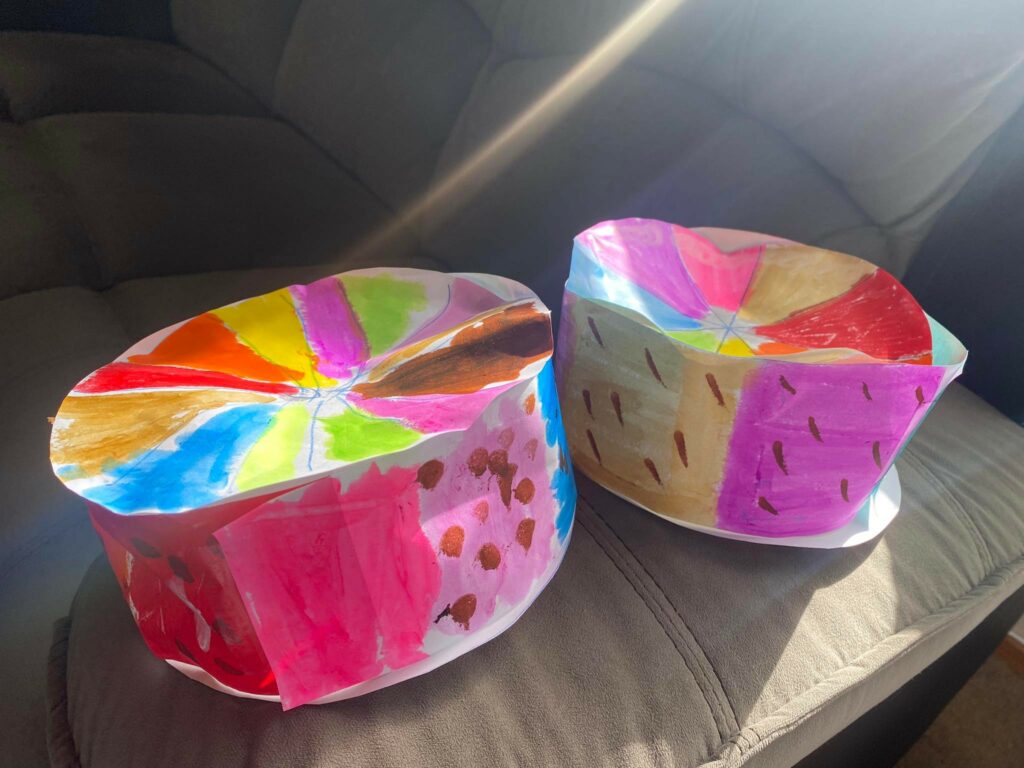
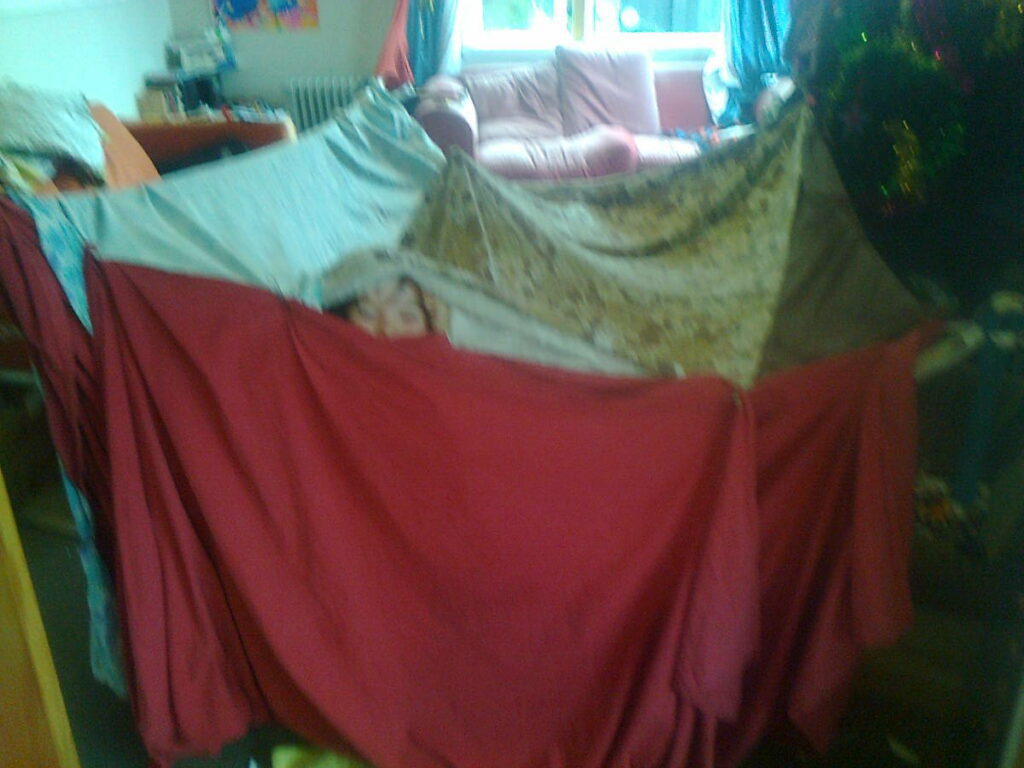
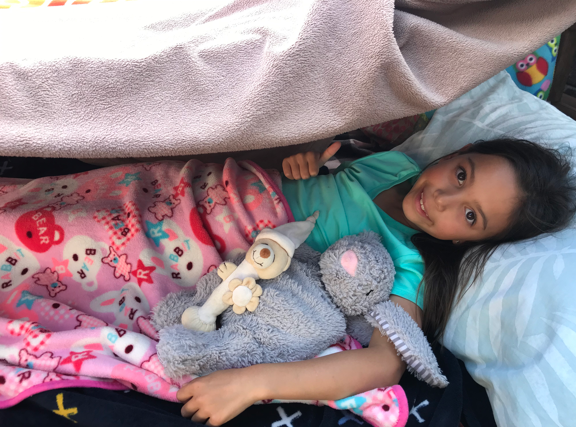

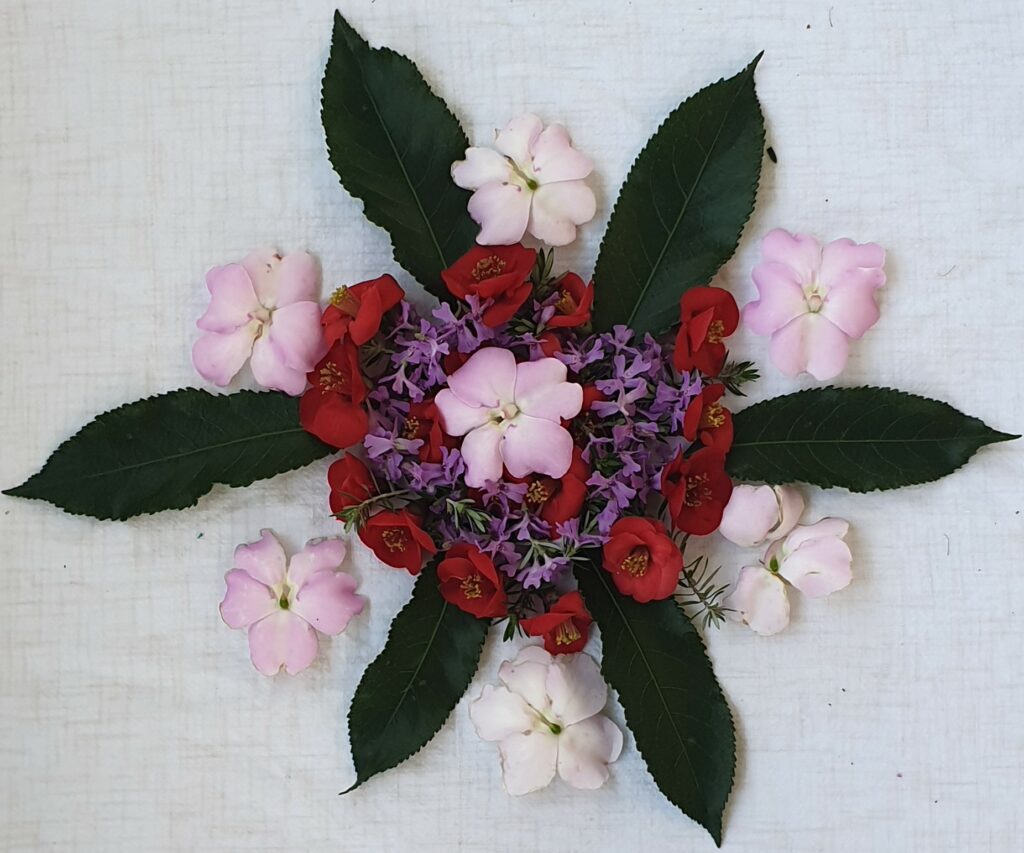
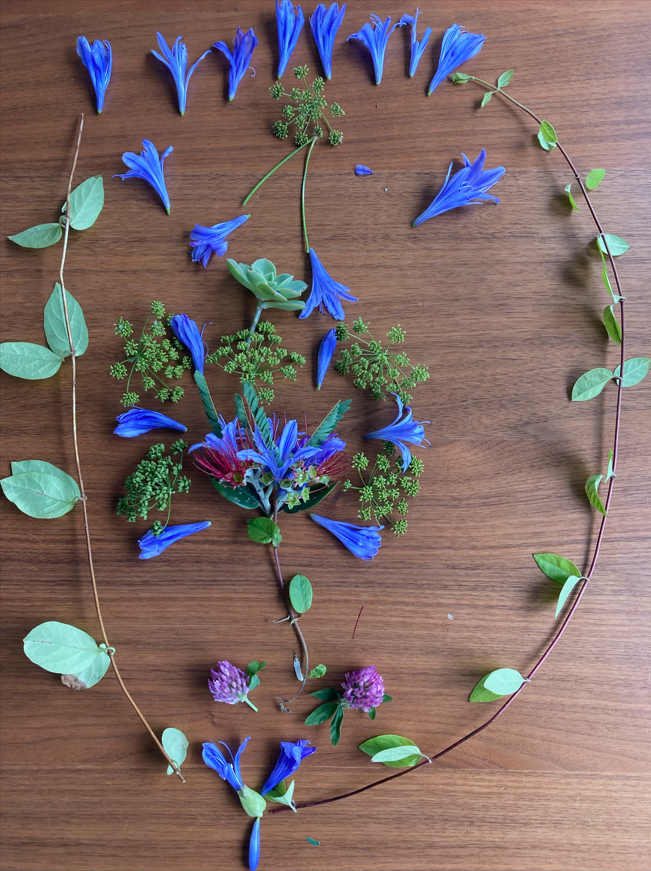
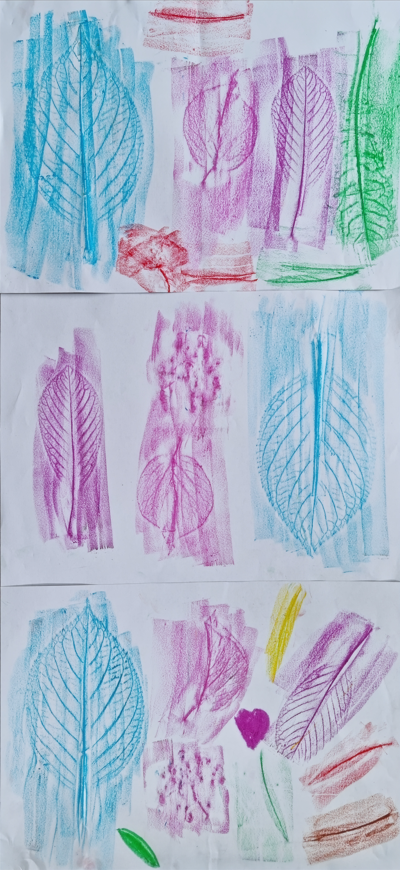
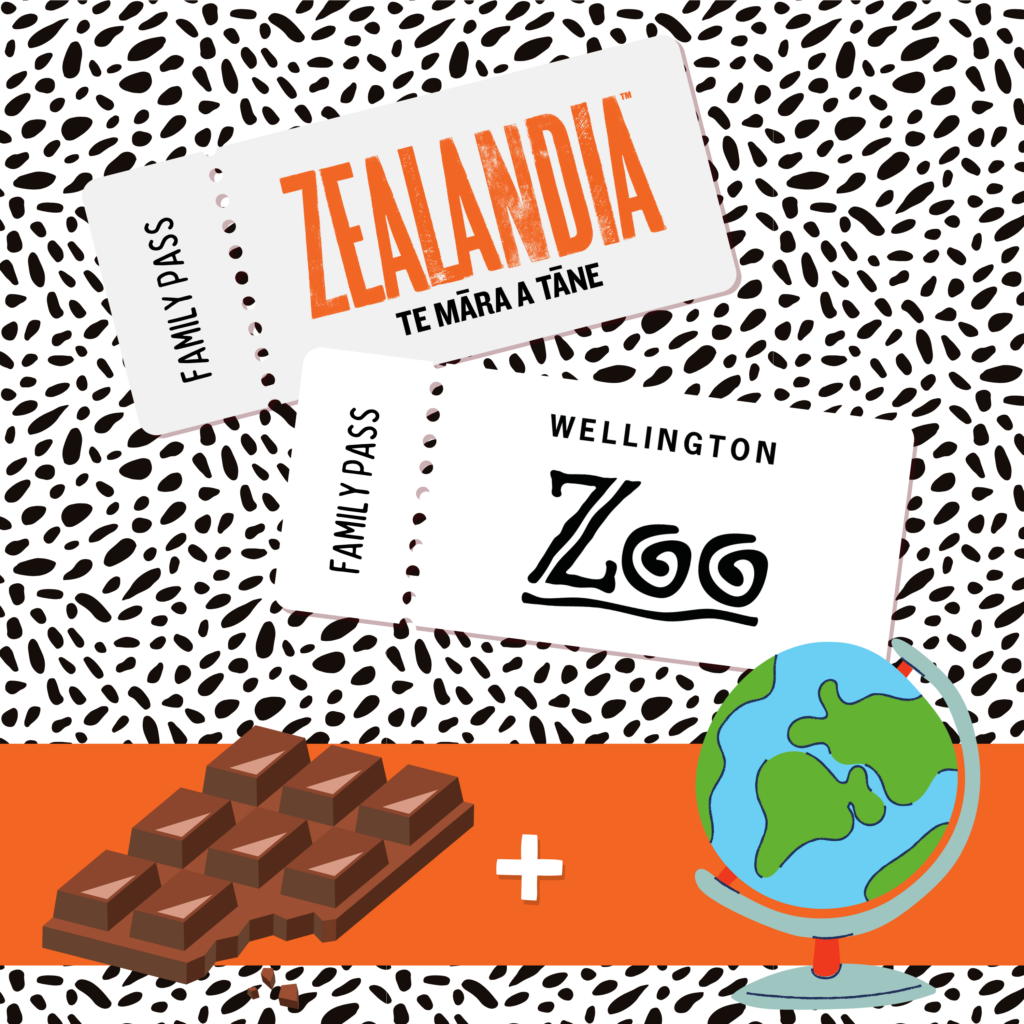
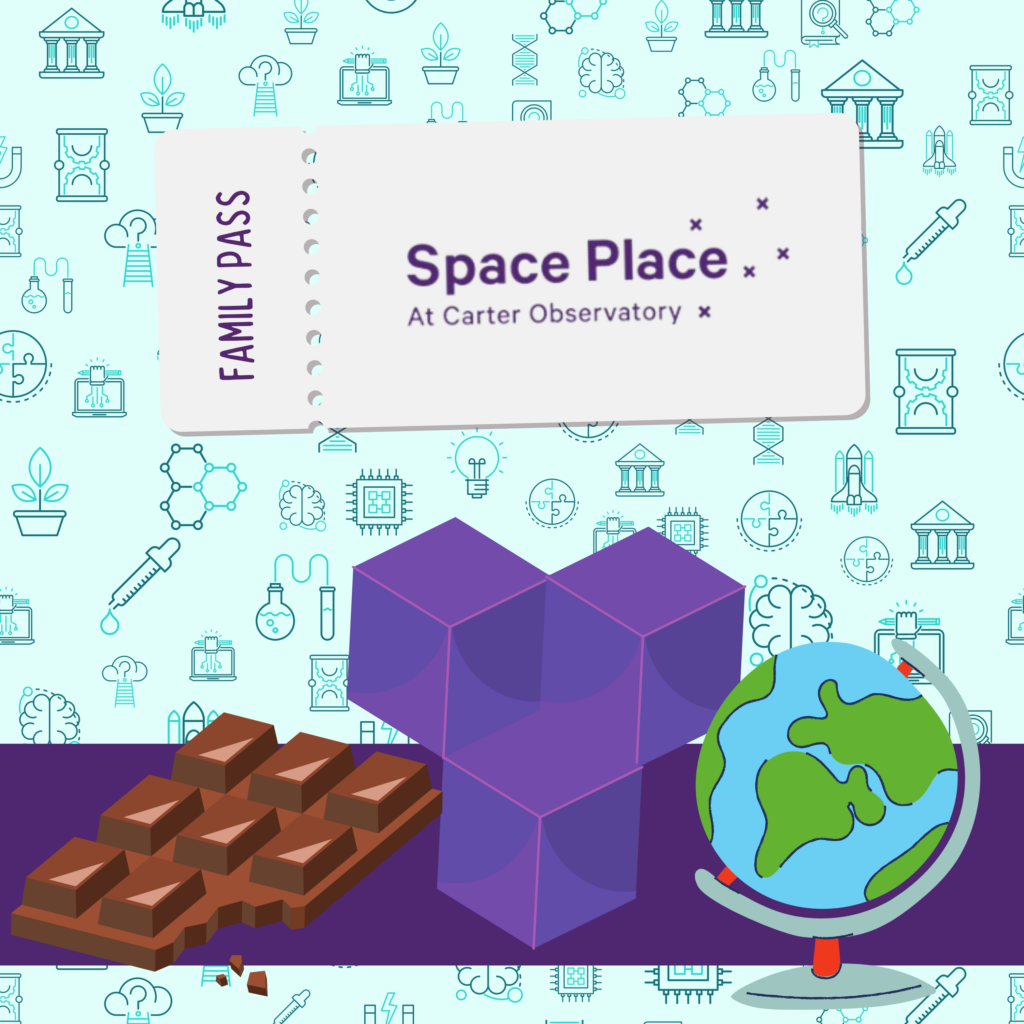

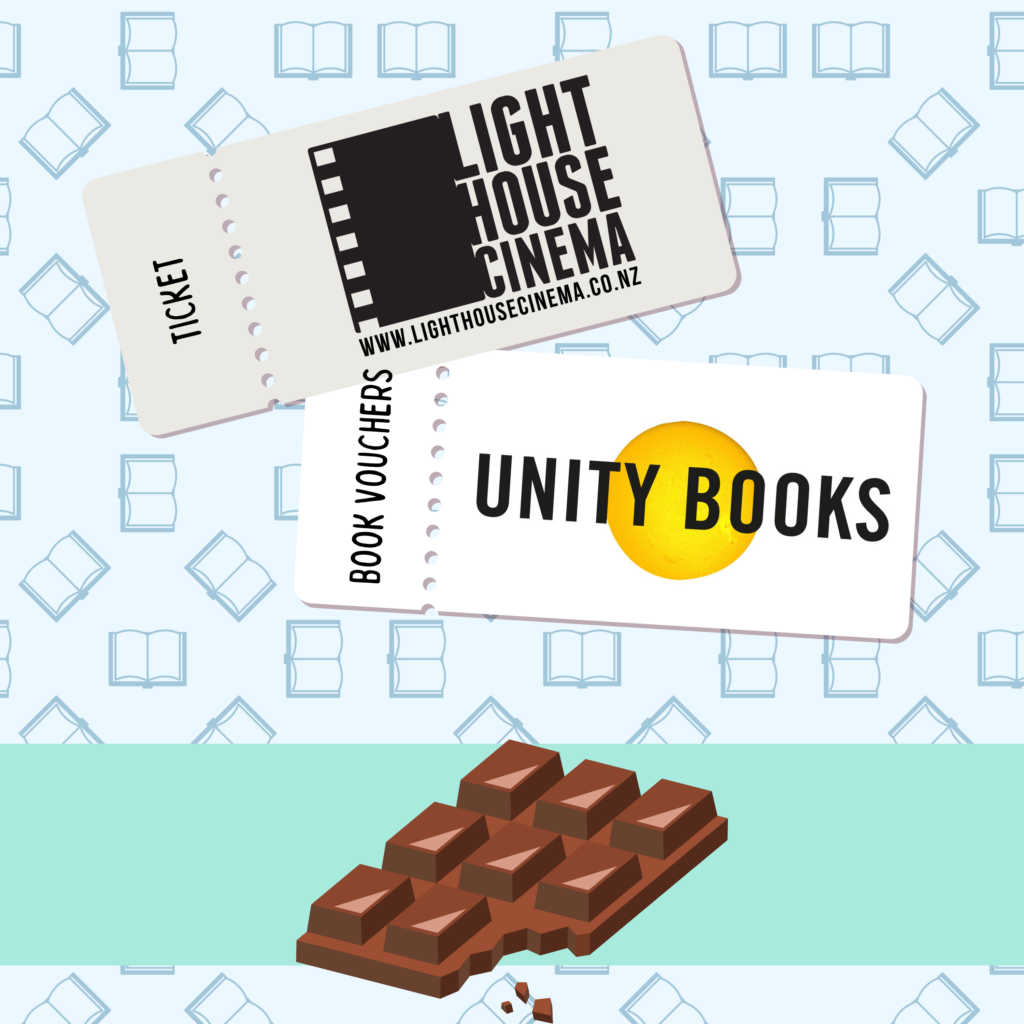
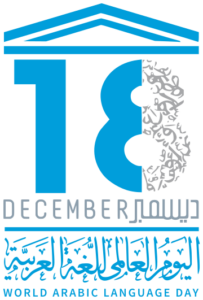

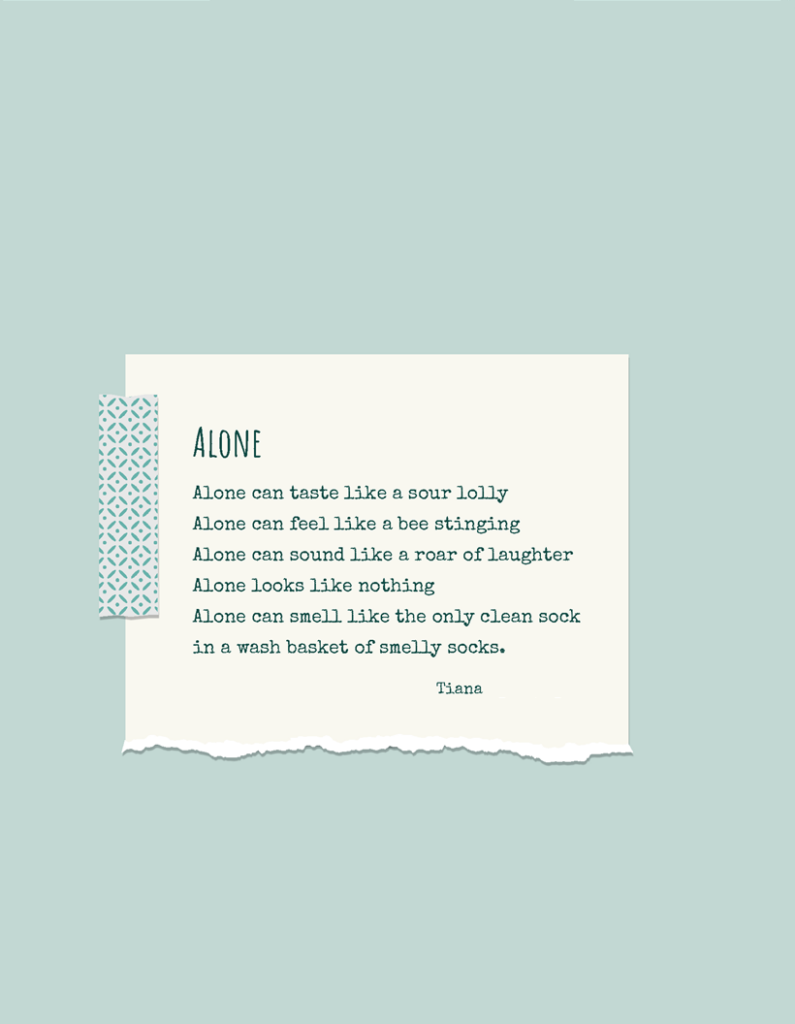
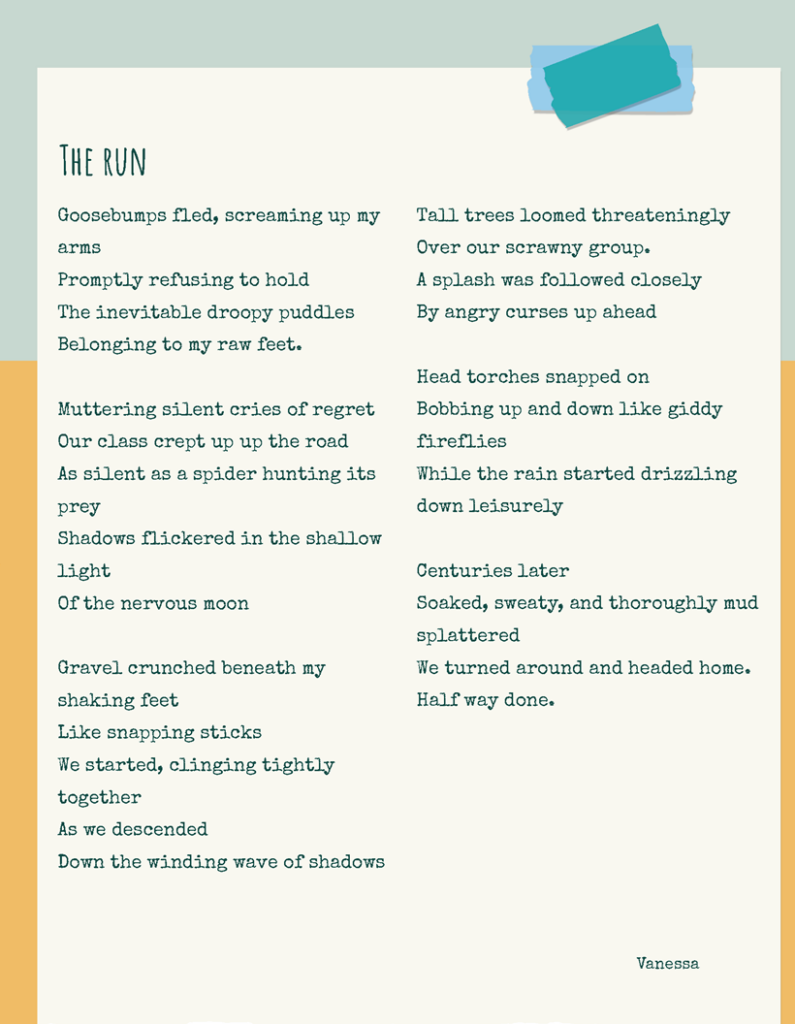
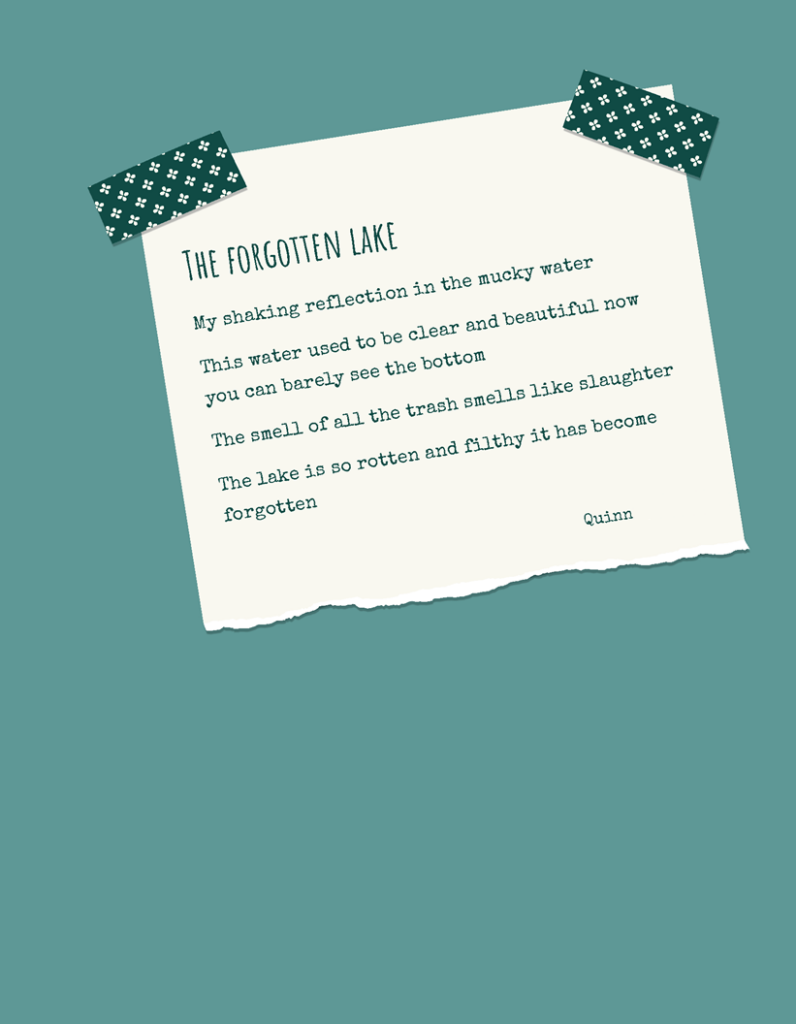
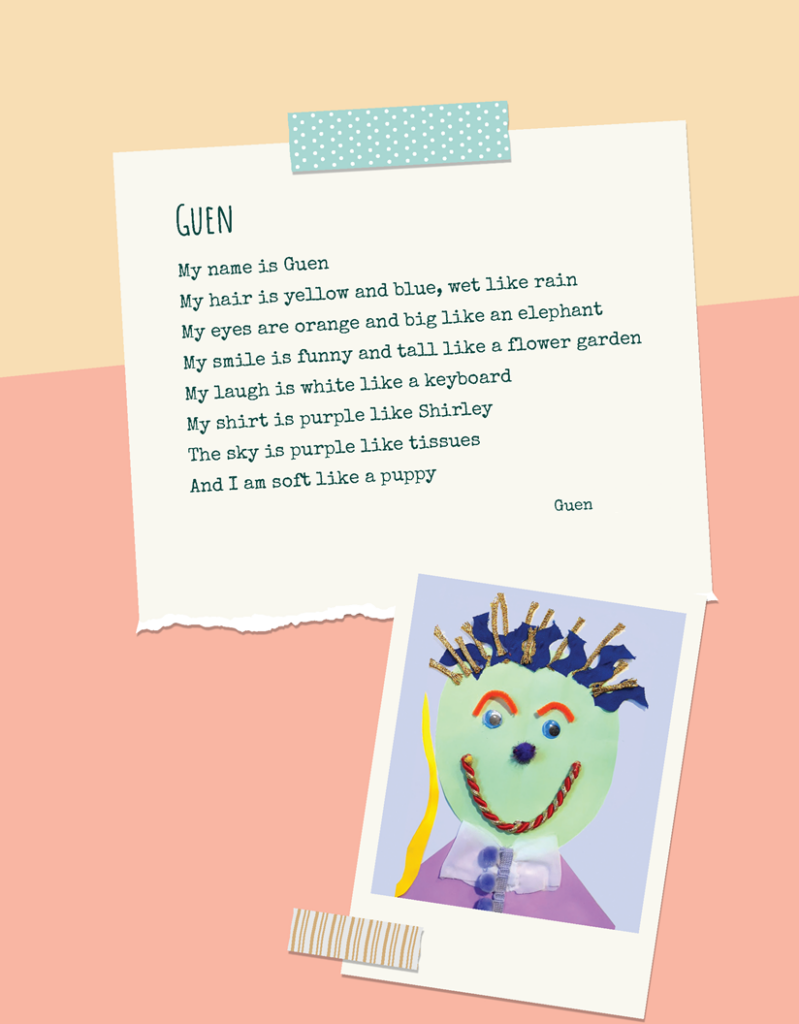
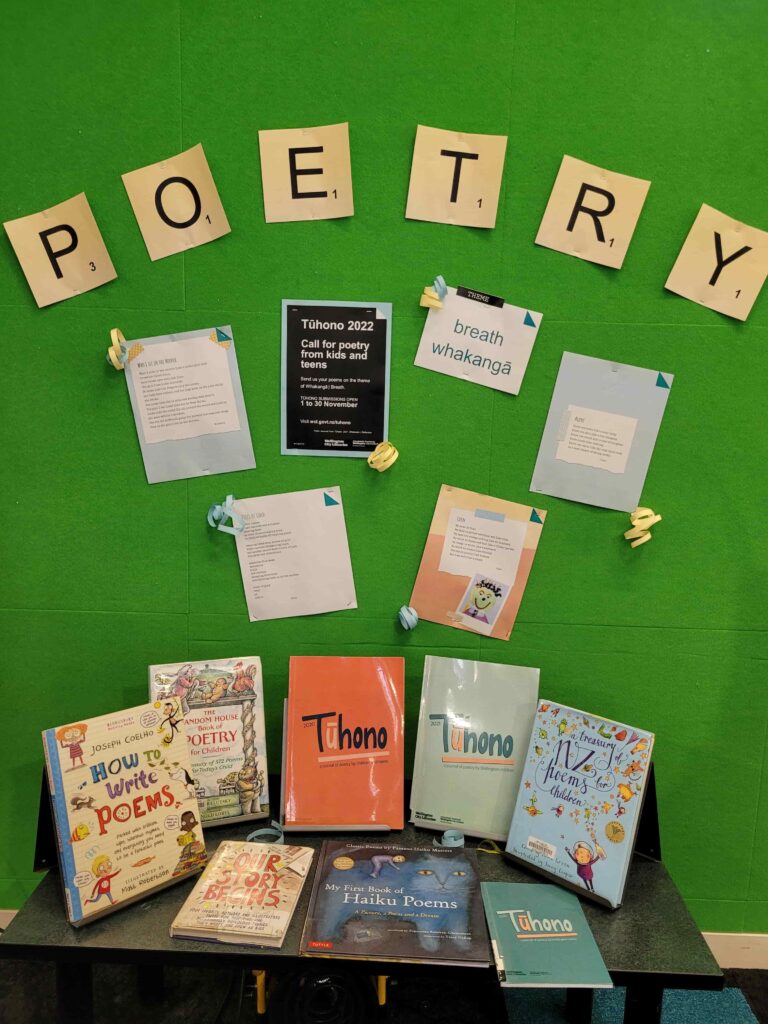
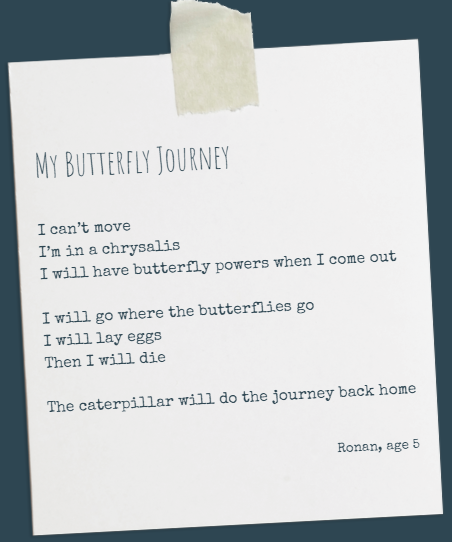
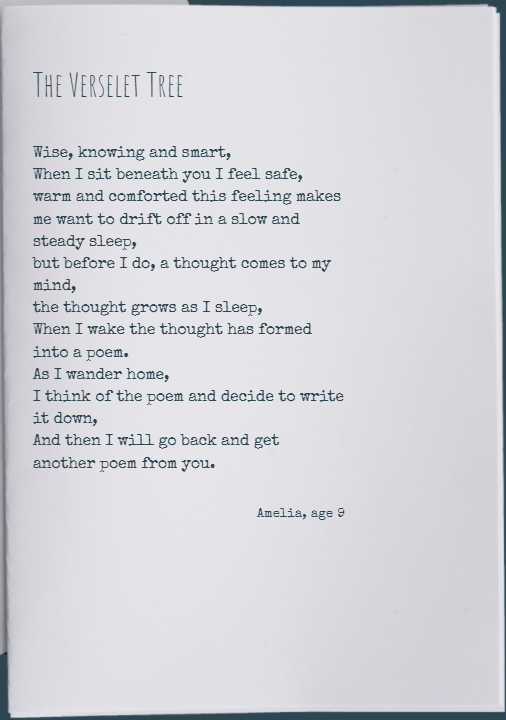
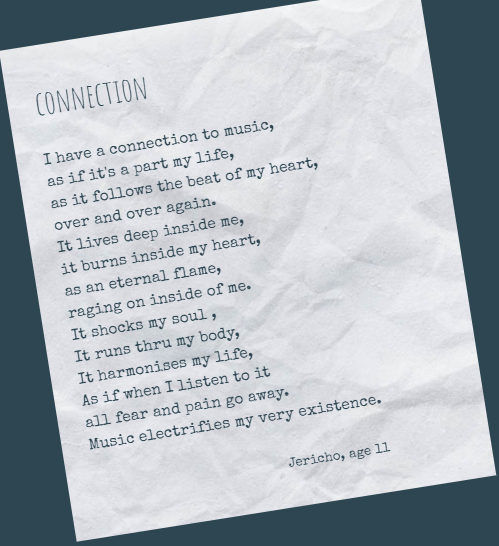
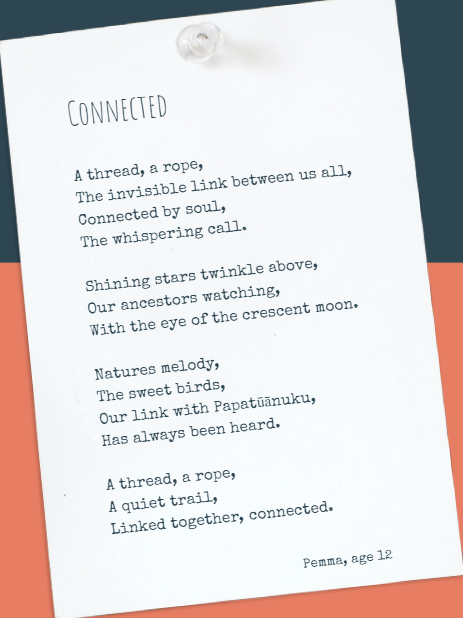

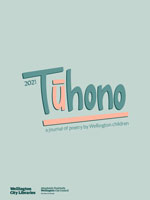
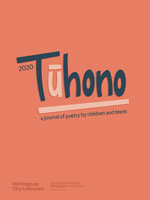
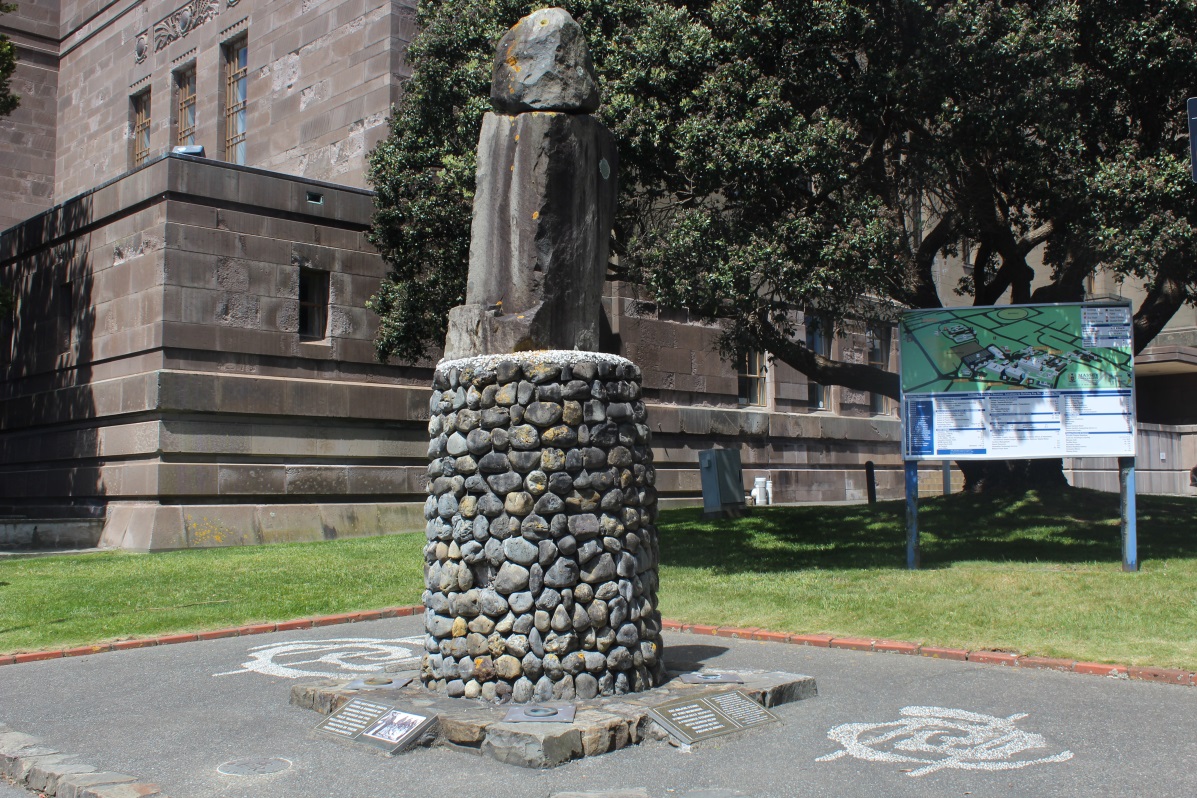
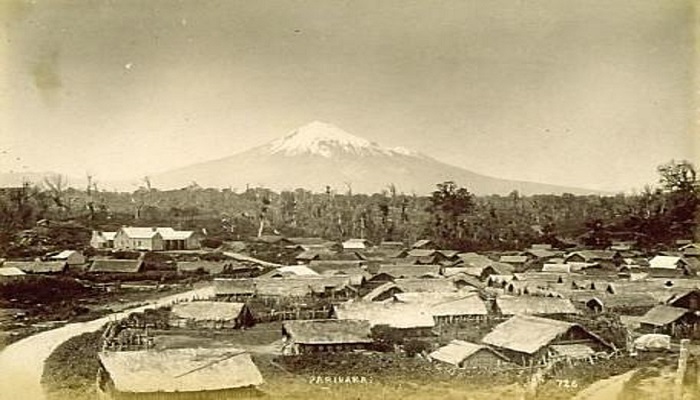




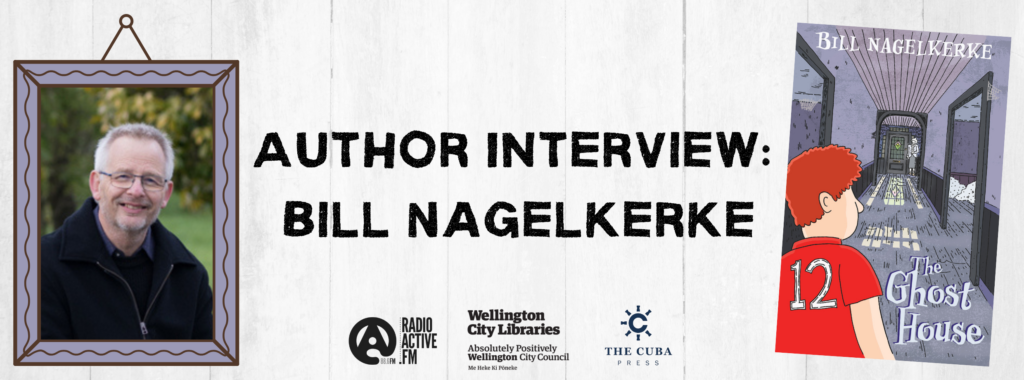
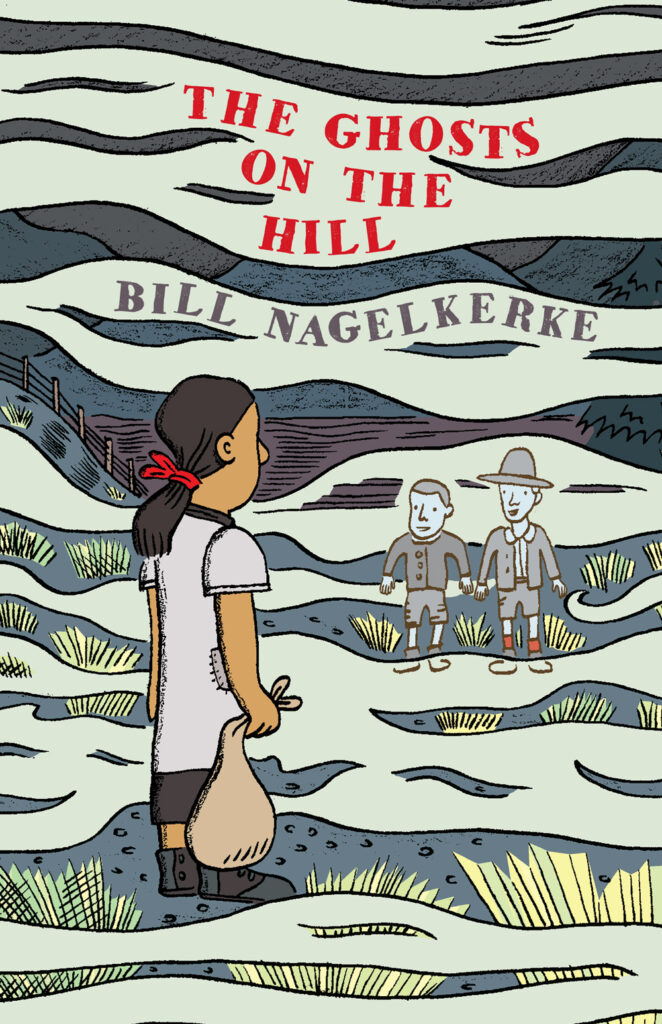 The ghosts on the hill / Nagelkerke, Bill
The ghosts on the hill / Nagelkerke, Bill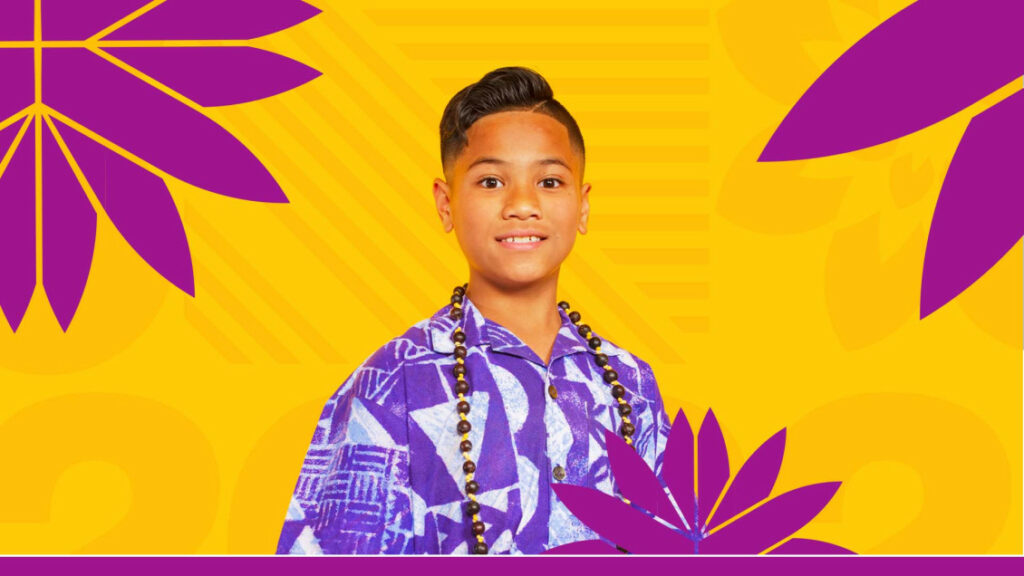

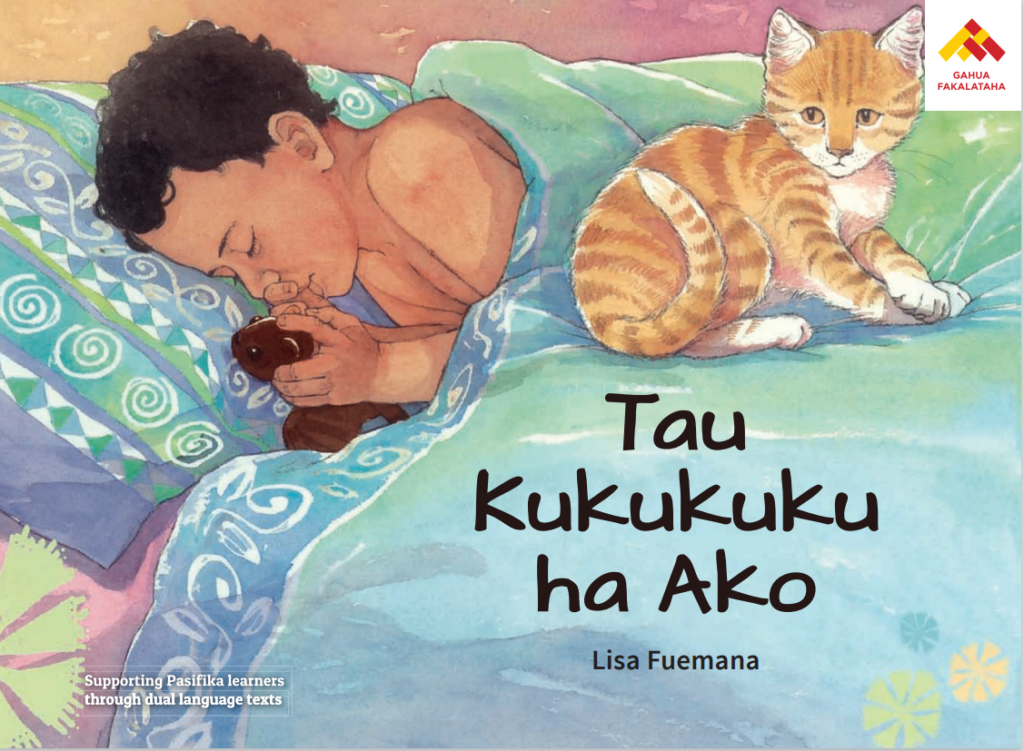 Tau kukukuku ha Ako = Ako’s hugs / Fuemana-Foaʿi, Lisa
Tau kukukuku ha Ako = Ako’s hugs / Fuemana-Foaʿi, Lisa  Tau matatohi Faka-Niue : Niue alphabet with English translation / Ikenasio-Thorpe, Bettina
Tau matatohi Faka-Niue : Niue alphabet with English translation / Ikenasio-Thorpe, Bettina